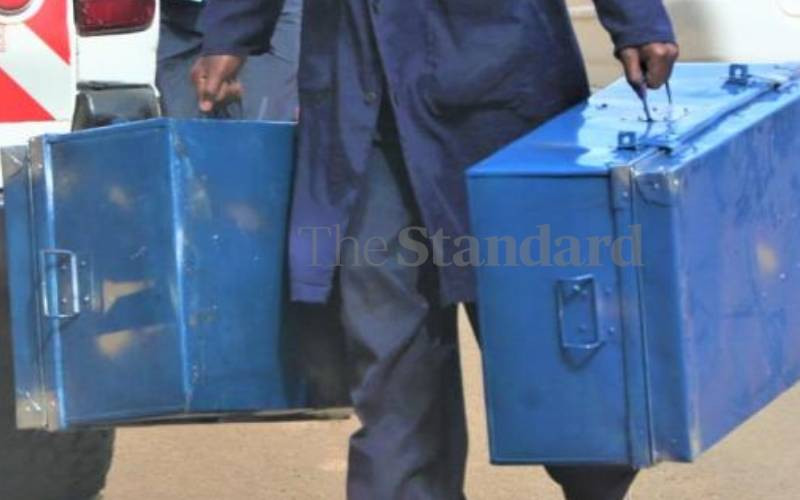×
The Standard e-Paper
Fearless, Trusted News

Parents are staring at a tough time next year during Form One admission of the 1.4 million KCPE candidates.
Being the last cohort of the 8-4-4 education system, all the students must transit to Form One.